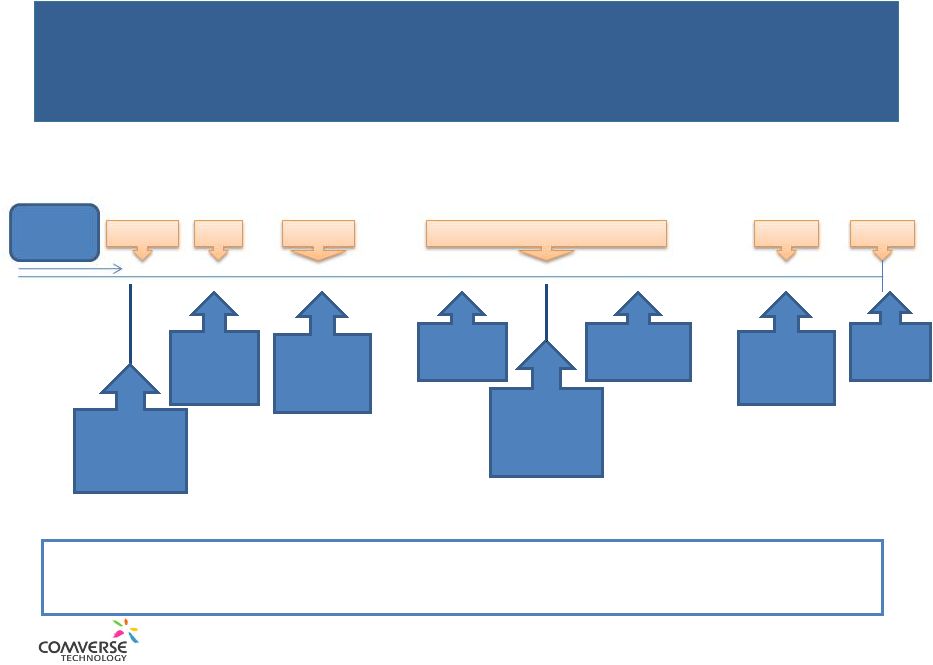Forward Looking Statements and Segment Performance 2 Forward-Looking Statements This investor presentation contains “forward-looking statements.” Forward-looking statements include financial projections, statements of plans and objectives for future operations, statements of future economic performance, and statements of assumptions relating thereto. In some cases, forward-looking statements can be identified by the use of terminology such as “may,” “expects,” “plans,” “anticipates,” “estimates,” “believes,” “potential,” “projects,” “forecasts,” “intends,” or the negative thereof or other comparable terminology. By their very nature, forward-looking statements involve known and unknown risks, uncertainties and other important factors that could cause actual results, performance and the timing of events to differ materially from those anticipated, expressed or implied by the forward-looking statements in this investor presentation. Such risks or uncertainties may give rise to future claims and increase exposure to contingent liabilities. The risks and uncertainties discussed above, as well as others, are discussed in greater detail in Item 1A, “Risk Factors” of Comverse Technology, Inc.’s Annual Report on Form 10-K for the fiscal year ended January 31, 2011 and our other filings with the SEC. The documents and reports we file with the SEC are available through the Company, or its website, www.cmvt.com, or through the SEC’s Electronic Data Gathering, Analysis, and Retrieval system (EDGAR) at The Company undertakes no commitment to update or revise any forward-looking statements except as required by law. Segment Performance • The Company uses segment performance, as defined below, as the primary basis for assessing the financial results of its segments and for the allocation of resources. Segment performance, as defined by the Company’s management in accordance with the Financial Accounting Standards Board’s (“FASB”) guidance relating to segment reporting, is not necessarily comparable to other similarly titled captions of other companies. Segment performance, as defined by management, represents operating results of a segment without the impact of significant expenditures incurred by the segment in connection with the efforts to become current in periodic reporting obligations under the federal securities laws, certain non-cash charges, and certain other insignificant gains and charges. • Segment performance is computed by management as income (loss) from operations adjusted for the following: (i) stock-based compensation expense; (ii) amortization of acquisition-related intangibles; (iii) compliance-related professional fees; (iv) compliance-related compensation and other expenses; (v) impairment charges; (vi) litigation settlements and related costs; (vii) acquisition-related charges; (viii) restructuring and integration charges; and (ix) certain other insignificant gains and charges. Compliance-related professional fees and compliance-related compensation and other expenses relate to fees and expenses incurred in connection with (a) the Company’s efforts to complete current and previously issued financial statements and audits of such financial statements and (b) the Company’s efforts to become and remain current in its periodic reporting obligations under the federal securities laws. • In evaluating each segment’s performance, management uses segment revenue, which consists of revenue generated by the segment, including intercompany revenue. Certain segment performance adjustments relate to expenses included in the calculation of income (loss) from operations, while, from time to time, certain segment performance adjustments may be presented as adjustments to revenue. www.sec.gov. | 









